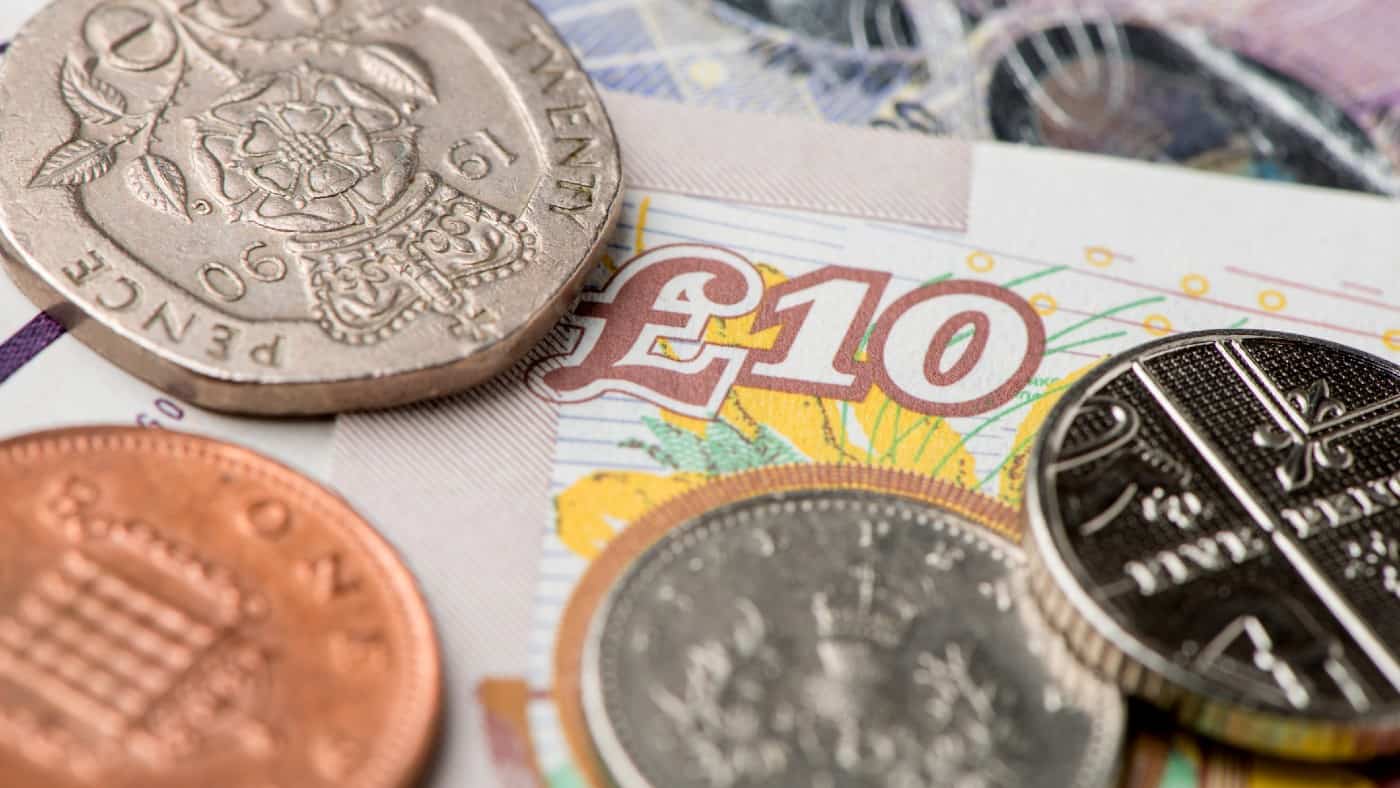The Wise (LSE: WISE) share price is at 997p, and could soon break its first major resistance level of 1,000p.
With an initial listing of 800p, that’s a 25% upside so far for initial investors who bought in at its IPO on 7 July. I think the reason for the 1,000p resistance level is speculators cashing out of their positions. As long-term investors start to make up a larger proportion of shareholders, I think the breakthrough becomes more likely.
With a sky-high price-to earnings (P/E) ratio of 127, are Wise shares worth the risks?
Should you invest £1,000 in ITM Power right now?
When investing expert Mark Rogers has a stock tip, it can pay to listen. After all, the flagship Motley Fool Share Advisor newsletter he has run for nearly a decade has provided thousands of paying members with top stock recommendations from the UK and US markets. And right now, Mark thinks there are 6 standout stocks that investors should consider buying. Want to see if ITM Power made the list?
Profits and growth
Wise’s FY21 results was released just before its IPO. It was full of good news, helping to explain its buoyant share price. CEO and co-founder Kristo Käärmann reported that 3.7m customers are now using Wise, a 28% year-on-year growth for personal customers and 56% growth for business customers.
Revenue was up 39% year-on-year to £421m, while profits more than doubled to £41m. The company expects revenue growth of between 20% and 25% over the next year, maintaining an EBITDA margin of more than 20%.
These are all encouraging numbers, but I think a sense of scale is required to put the Wise shares into perspective. Money Transfer Comparison calculates that more than $2.5qdn dollars flow across borders every year. This unimaginable number leaves Wise with essentially infinite room to grow. It’s also a reminder that to the global financial markets, it’s still a very small fish.
Are Wise shares worth the risk?
PayPal (NASDAQ: PYPL), by comparison, has 305m user accounts, making it one of the largest digital payments firms in the world. With revenue of $21.45bn last year, the company is plugged into eBay and Amazon, along with most other online retail sites. Statista reports that 36% of US retailers already accept PayPal, with 19% of its payment volume being cross-border transactions.
If PayPal chose to reduce money transfer fees to match or even outcompete Wise, I think Wise shares and company itself could be in huge trouble.
Wise is still a new financial technology (FinTech) company. This is an immediate red flag for me. For every PayPal, there’s a hundred companies like Wirecard, Pay By Touch, Simple, Clarity Money, GoBear, Wonga, and Xinja. If you haven’t heard about some of these companies, there’s a reason why. They all failed. And there’s no guarantee that Wise will be any different.
However, if I’d invested £1,000 into PayPal at its IPO in 2002, my shares would now be worth £16,500, a 1,550% return on my investment. And let’s not forget that its IPO came during the fearful atmosphere after the dot-com bubble crash. With a share price of $276 and a market cap of $325bn, I think PayPal is a much stronger competitor.
My bottom line
Wise markets itself on being six times cheaper than traditional banks, with no hidden fees. As a consumer, I can see how this would appeal. There is a chance that it could become the market disruptor that it clearly sees itself as.
But for my money, PayPal is a larger company with fewer risks. It has a price-to earnings ratio of 67, nearly half that of Wise. I think that in the near future, the Wise shares will either rise astronomically, or fall spectacularly. That’s a risk I’m not prepared to take. I’d buy PayPal instead.








